A new draft technical report issued by the Obama administration has kicked off a multi-year process to reassess the national program to reduce greenhouse gas (GHG) emissions and boost fuel economy in the light-duty vehicle fleet. This process, to be completed in the next presidential administration, will have major implications for U.S. climate and energy policy in the next decade and the future of the auto industry.
The new report makes no policy recommendations. However, it sheds considerable light on the choices confronting policymakers as they decide whether to strengthen, weaken, or leave in place the existing standards.
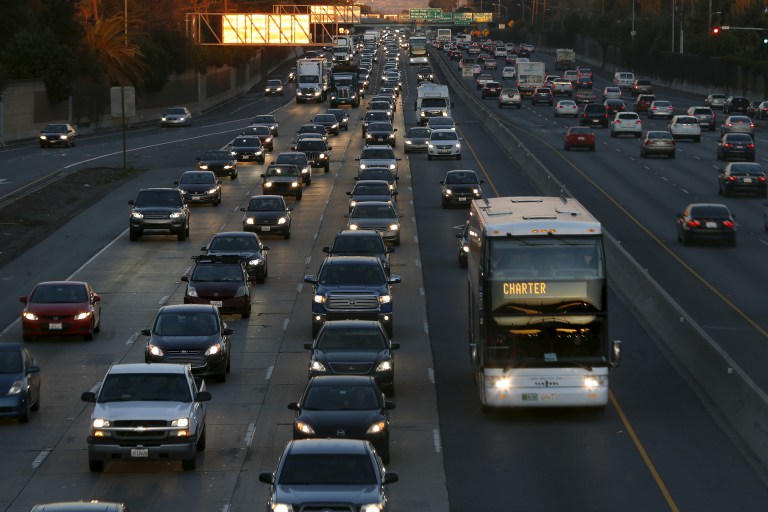
The analysis in the report shows that, because of the increased dominance of larger vehicles due to low fuel prices, the standards will inevitably result in more modest GHG emission reductions than earlier projected, a shortfall that will add to the difficulty of the U.S. achieving 2025 emission targets.
The report also provides a convincing rebuttal to those who would seek to weaken the current standards and in fact suggests that the standards can be strengthened without exceeding the limits of current technology or placing undue costs on consumers.
These conclusions—if confirmed after further analysis—indicate that stronger standards would have important climate benefits, would be achievable and should have little or no downside for consumers.
The Obama emission and fuel economy standards for light-duty vehicles
The current emission and efficiency standards, a joint undertaking of the Environmental Protection Agency (EPA) and the National Highway Traffic Safety Administration (NHTSA), were adopted in two phases. The first, finalized in 2010, applied to Model Years (MYs) 2012-2016; the second, issued two years later, governs MYs 2017-2025. Following a long period in which vehicle fuel economy barely budged, the standards set in motion improvements of 5 percent per year in GHG emission control and efficiency. At the time of their adoption, the administration projected the standards would achieve cumulative GHG reductions of 6 billion tons and save 12 billion barrels of oil over the lifetime of the affected vehicles.
The standards resulted from a rare convergence among the auto industry, the state of California, and the federal government on a long-term roadmap for the vehicle sector. In return for accepting challenging technology targets, the industry gained a consistent national framework and regulatory certainty. The Obama administration scored an early win in using the Clean Air Act (CAA) to address climate change, building on the 2007 Supreme Court decision in Massachusetts v. EPA. And California secured adoption of its ambitious vehicle standards at the federal level along with recognition of its unique leadership role in regulating vehicle emissions under the CAA.
Mid-term evaluation of light-duty standards
Because the standards had a long time horizon, the NHTSA and the EPA agreed to conduct a Midterm Evaluation (MTE) of the GHG and fuel economy targets for MYs 2022-2025. Based on this evaluation, the agencies committed to determine by April 1, 2018 whether to retain, strengthen, or weaken the standards for these model years. The recently issued draft Technical Assessment Report (TAR), developed by the two agencies and the California Air Resources Board (CARB), is the first step in this process. Its goal is to inform policymakers by providing an up-to-date analysis of available technologies for meeting the standards and their capabilities, the projected costs of deploying these technologies and impacts on consumer welfare and emissions.
These conclusions—if confirmed after further analysis—indicate that stronger standards would have important climate benefits, would be achievable and should have little or no downside for consumers.
The TAR comes at a pivotal moment. With the sharp decline in oil prices, the auto industry has experienced greater demand for larger, higher-emitting, and less efficient vehicles and these vehicles now represent a much greater portion of the fleet than anticipated when the standards were established. In addition, low gas prices have motivated consumers to drive more, leading to greater aggregate fuel consumption and GHG emissions. These changes in consumer behavior have prompted some to question the achievability of the standards and others to worry whether they will fail to deliver the magnitude of GHG reductions originally expected.
U.S. climate goals and the mid-term review
The backdrop for examining these issues is the 2015 agreement reached at the Paris Conference of the Parties (COP 21), under which the U.S. committed to an economy-wide reduction in GHG emissions of 26-28 percent from 2005 levels. This goal did not exist when the vehicle standards were established, but now it provides a critical benchmark by which to measure their effectiveness.
The transportation sector accounted for 26 percent of total U.S. GHG emissions in 2014, second only to power plants. Cars and light trucks comprised the bulk of these emissions, representing 16 percent of the U.S. total. Thus, the rate of emission reduction in this sector will be a key determinant of whether the 2025 economy-wide target is met.
As of 2014, passenger car/light truck emissions had declined by only 9 percent since 2005, a function of the gradual ramp-up of the EPA/NHTSA standards in the early years of the program and the slow turnover of the on-road fleet. This leaves a shortfall of 16-18 percent that must be eliminated by 2025, assuming that the reduction target for the vehicle sector should be the same as the economy-wide goal. Will the standards now on the books produce sufficient reductions to meet or exceed the 2025 target?
In its 2012 rulemaking, EPA predicted that the combined impact of the two sets of standards would be a reduction in emissions in MY 2025 of 380 MMT (million metric tons) below the pre-standard baseline. Although the calculation is not exact, this would represent roughly 30 percent of 2005 emissions for the sector, a level of reduction aligned with the Paris target. However, can we be confident that the standards will in fact deliver these reductions?
As the TAR explains, the standards do not require the industry to achieve a specified fleet-wide average emission or fuel-economy target. Instead, they are “attribute-based,” with the vehicle’s footprint or size determining the emission limit it must meet. Thus, each separate vehicle footprint has its own GHG or fuel economy curve, and the manufacturer’s overall target represents the average of the footprint curves for the vehicle types in its fleet, weighted by the number of vehicles in each model class.
The EPA’s projections of fleet-wide GHG reductions in its 2012 rulemaking were necessarily based on assumptions about the proportions of different vehicle sizes in the overall fleet. However, because of lower gas prices, these assumptions have not been realized in the marketplace. According to the TAR, the 2012 rulemaking assumed a 67/33 percent mix of passenger cars and light trucks in FY 2025. By contrast, the Energy Information Administration (EIA) reference case predicts that the mix will be 52/48 percent in that year.
Based on the EIA reference case, the TAR projects that the standards will achieve a fleet-wide average CO2 target of 175 grams per mile (g/mi) in MY 2025 as compared to the 163 g/mi target projected for that year in the 2012 rulemaking. Expressed in fuel economy terms, this would mean a 50.8 miles per gallon (mpg) average for the fleet as compared to the EPA’s original projection of 54.5 mpg (assuming all reductions are achieved through fuel economy improvements). Under the EIA “low” fuel price case, the vehicle mix would be more heavily weighted toward trucks, and the TAR concludes that the average fuel economy for the light duty fleet would be 50.0 mpg in MY 2025. This would reduce the fuel economy improvement anticipated during MY 2012-2025 by 18.5 percent.
Lower GHG emission reductions than projected
Lower improvement in average fuel economy will necessarily result in correspondingly higher GHG emissions on a fleet-wide basis. Further contributing to higher emissions would be continued growth in vehicle sales (a trend that has been evident in the last few model years) and the tendency of Americans to drive longer distances because of lower fuel prices. Notably, the latest forecast of the Federal Highway Administration is that light-duty vehicle miles traveled will increase by .8 percent per year during 2014-2034 under an optimistic fuel cost scenario, potentially increasing GHG emissions by nearly 10 percent between now and 2025.
But right now, the evidence is telling us that we need deeper emission reductions from the light-duty fleet to meet our climate goals and that the tools are at hand to support stronger standards.
Since the standards will likely deliver smaller GHG reductions than anticipated, weakening them, as some have advocated, would only put U.S. climate goals at greater risk. Instead, the expected emission shortfall argues for strengthening the standards so there is no doubt that the vehicle sector will make a sufficient contribution to 2025 reduction targets. Stronger standards would also compensate for lower levels of reduction in other parts of the transportation sector (heavy-duty trucks and airplanes are in the process of being controlled but on a slower track than light-duty vehicles) and increase confidence that the entire sector bears its fair share of economy-wide reductions.
The impact of stronger standards
What would be the downside to strengthening the MY 2022-2025 light-duty standards? The TAR doesn’t address this question directly but does closely examine the technology, cost and other aspects of meeting the current standards. This analysis suggests that the industry and marketplace could comfortably accommodate more rapid improvements in emissions performance and fuel economy.
The TAR notes that “the auto industry, on average, is over-complying with the first several years of the National Program” and that “fuel economy technologies are entering the market at rapid rates.” According to the draft report, the industry is now employing several technologies beyond those considered during the 2012 rulemaking and “other new technologies are under active development and are expected to be in the fleet well before MY 2025.” After extensively examining known technology pathways, the draft reports that, according to the EPA, the average per vehicle costs of complying with the MY 2022-25 standards will be $895-$1,017, lower than the compliance cost estimates in the 2012 rule. The report concludes that “[a] wider range of technologies exist to meet the MY 2022-2025 standards, and at costs that are similar or lower, than those projected in the 2012 rule.”
Turning to impacts on consumers, the report concludes that the “reduced operating costs from fuel savings over time are expected to far exceed the increase in upfront vehicle costs, which should mitigate any potential adverse effects on vehicle sales and affordability.” More specifically, according to the EPA, the standards will result in a net lifetime consumer savings of $1,460-1,620 and a payback of about 5 to 5.5 years.” This translates into pre-tax fuel savings of $89 billion over the life of the affected vehicles, as compared to total industry-wide costs of $34-$38 billion.
In short, if a stronger standard increased the costs of vehicles, the wide availability of cost-effective technologies suggests that the cost increment would be modest and would continue to be outweighed by the significant benefits to consumers (not to mention the societal benefits of lower CO2 emissions).
A striking finding of the draft TAR is that “the MY 2022-2025 standards can be met largely through improvements in gasoline vehicle technologies” and that “only modest amounts of hybridization, and very little full electrification . . . technology will be needed.” With the scale-up in electric vehicle (EV) production, advances in battery technology and expansion of charging networks, low- or non-emitting vehicles are poised to take a larger share of the market. As sales increase, fleet-wide GHG emissions will drop if gasoline-powered vehicles are held to stringent emission limits, which the TAR suggests they could comply with. An overhaul of the current standards to provide greater incentives for hybrids and full EVs and thereby raise fleet-wide targets – a path that California and nine other states have already taken – could be a critical element of a more ambitious national framework for emission reduction and fuel economy improvement.
The draft TAR is an initial step in what will prove an extended debate over whether and how to revise the MY 2022-2025 standards. Many players will weigh in on the TAR’s initial analysis of technology options and costs and contribute new data and perspectives for policymakers to consider. But right now, the evidence is telling us that we need deeper emission reductions from the light-duty fleet to meet our climate goals and that the tools are at hand to support stronger standards. Hopefully, this is a conclusion that, after fuller study, the EPA, the NHTSA, CARB, and the auto industry will endorse, just as they came together to support the current standards in 2010 and 2012.
_____________________________
Bob Sussman served in the Obama administration during 2009-2013 as co-chair of the Transition Team for the EPA and then as senior policy counsel to the EPA administrator. He was a senior fellow at the Center for American Progress in 2008, writing and speaking about climate change and energy. In 2007 he retired as a partner at Latham & Watkins. He previously served in the Clinton administration as the EPA deputy administrator. He is now on the adjunct faculty at Georgetown Law Center and Yale Law School and is a consultant on energy and environmental policy.
The Brookings Institution is committed to quality, independence, and impact.
We are supported by a diverse array of funders. In line with our values and policies, each Brookings publication represents the sole views of its author(s).

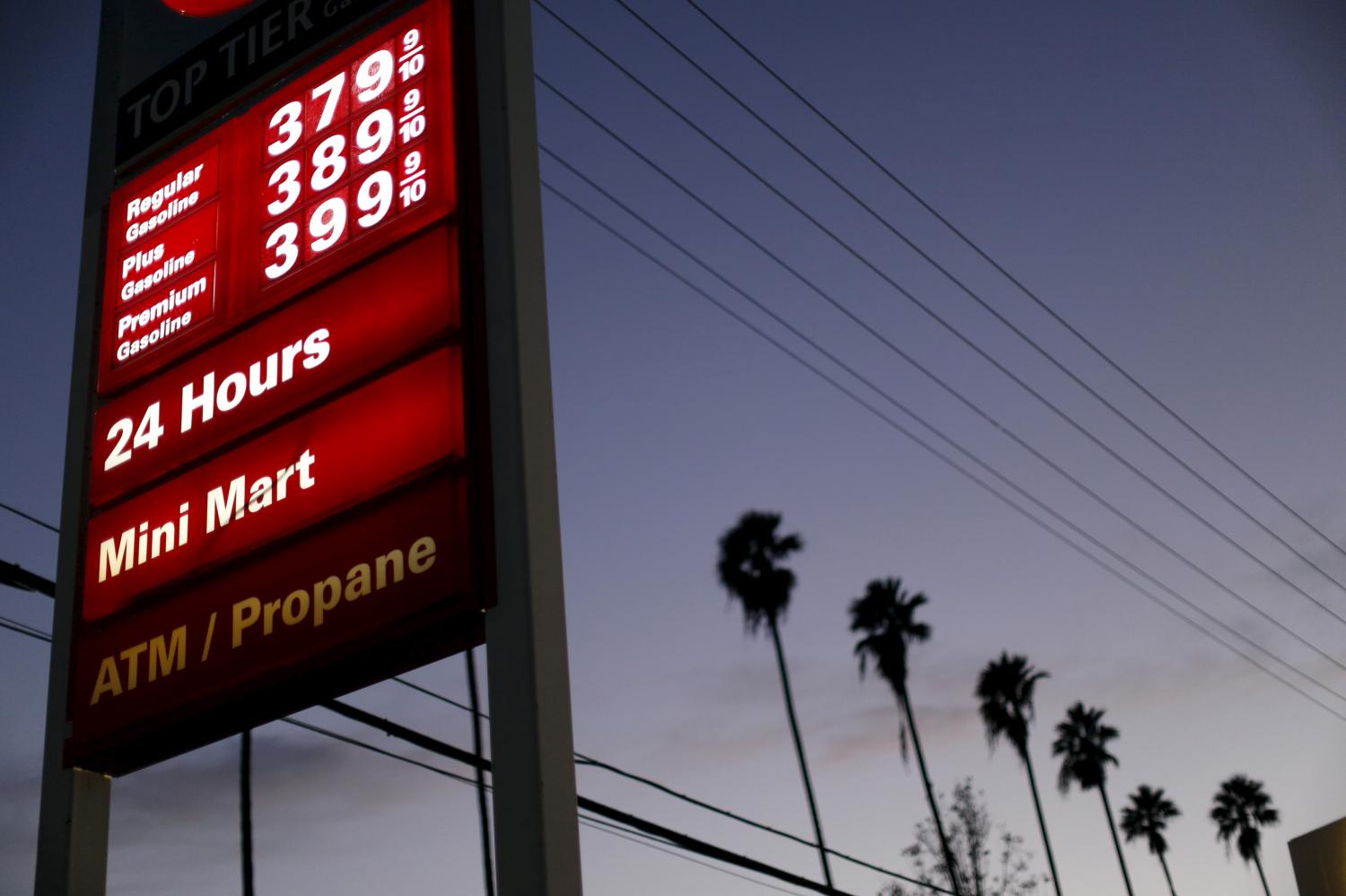
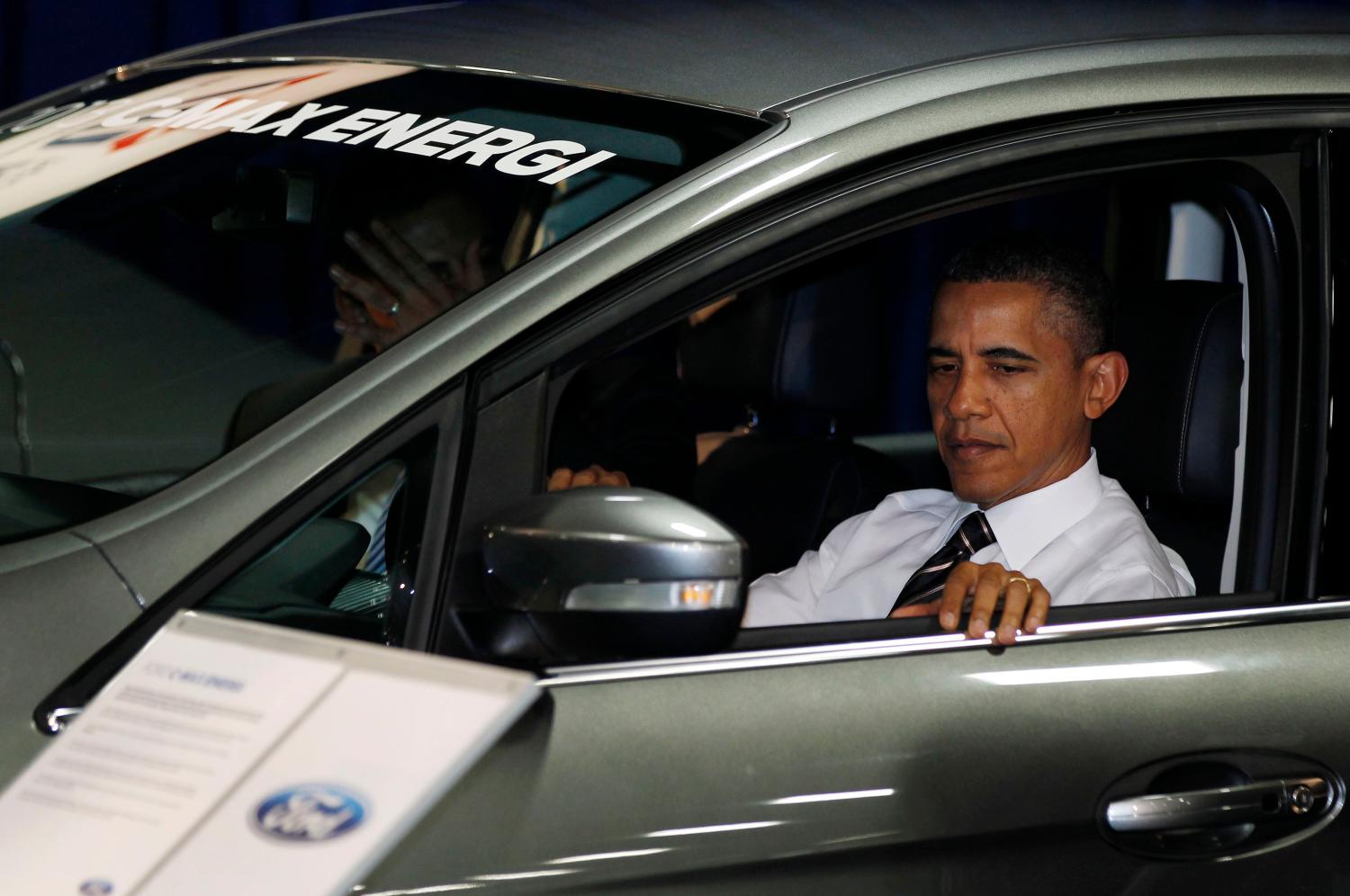
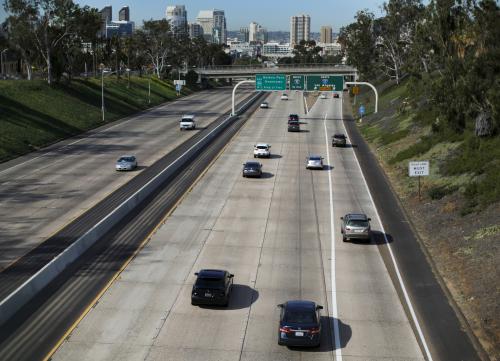
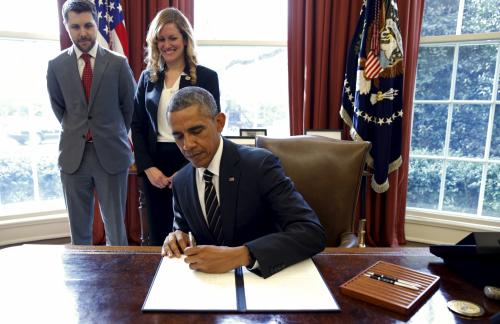
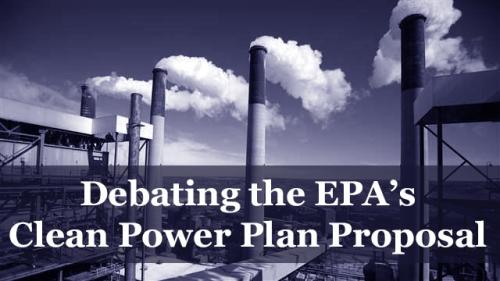

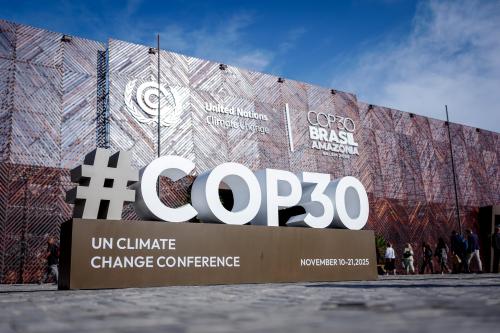
Commentary
Climate change, fuel economy, and the path to 2025 for the U.S. auto industry
August 1, 2016